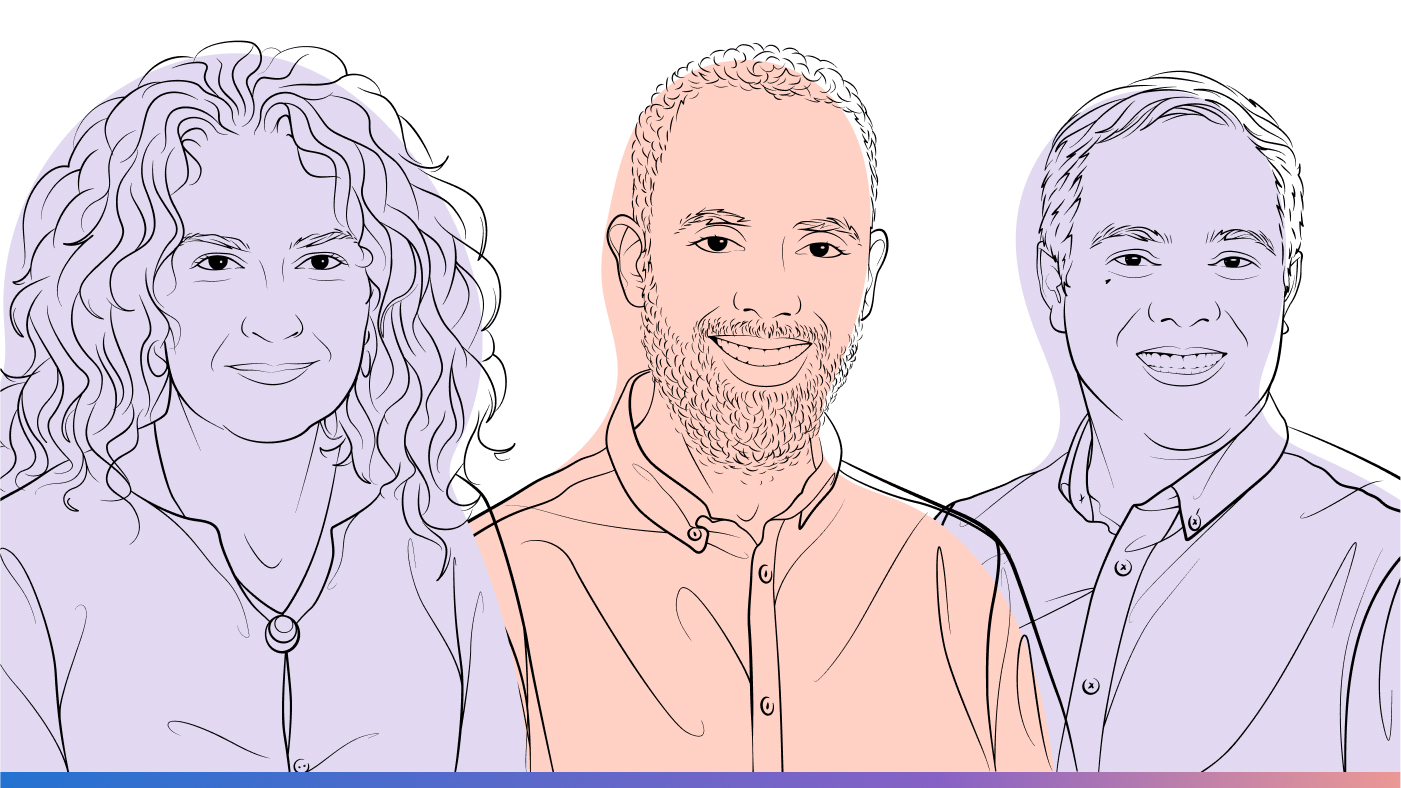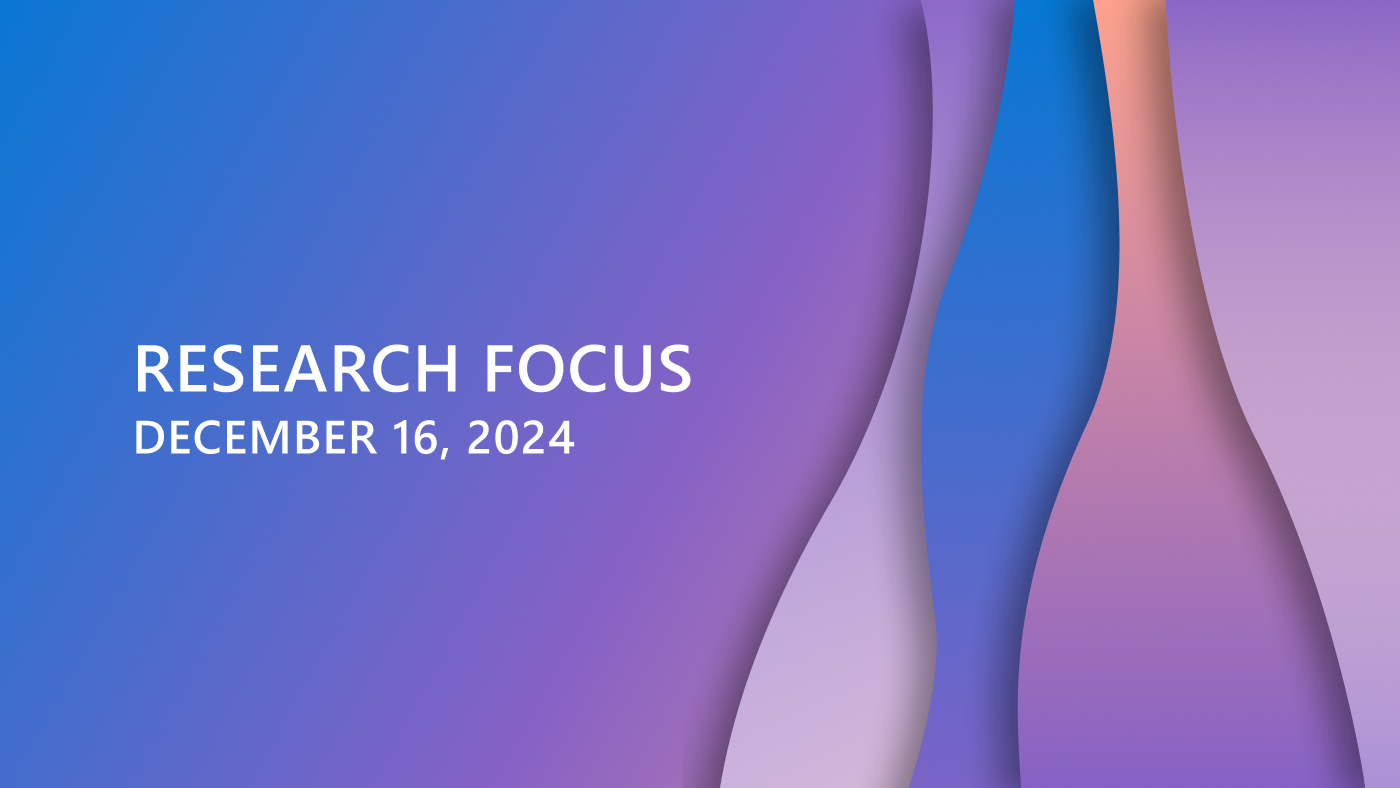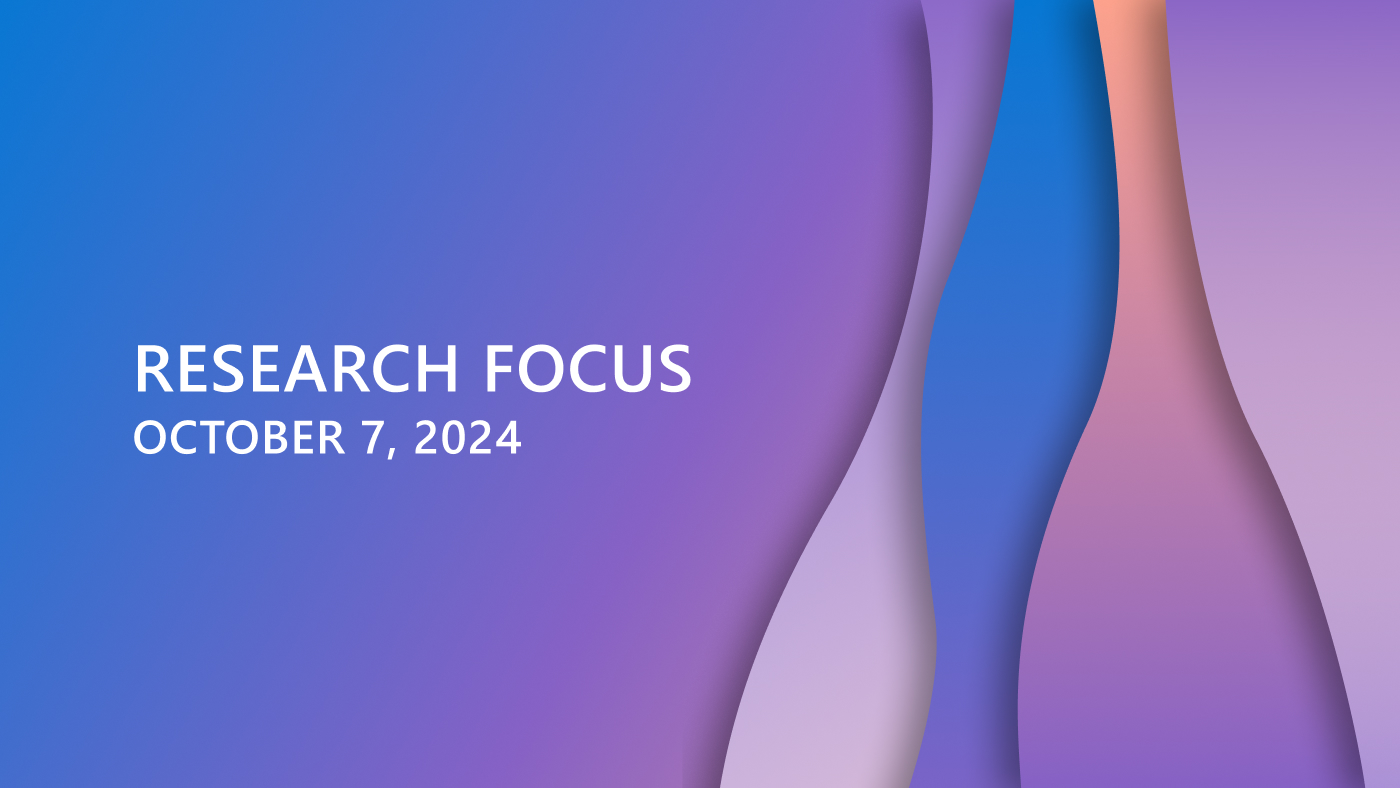By Kenji Takeda, Solutions Architect and Technical Manager and Arjmand Samuel, Principal Program Manager, Microsoft Research
We are in the midst of an invisible revolution, with the promise of ubiquitous and pervasive computing not a dream but a newly emerging reality. The nexus of cheap and capable devices, connectivity and cloud computing is rapidly giving shape to the Internet of Things (IoT). It’s now delivering real-world impact across multiple industries from agriculture to aviation — as well as redefining the very nature of factories and smart cities. Microsoft is delighted to offer cloud computing resources to IoT researchers around the world through a special Azure for Research IoT call for proposals.
“To maximize the economic and societal benefits of IoT, Social and Physical Scientists, working together, must anticipate and remove barriers to adoption. It also raises the bar on addressing 21st century technological challenges using innovative, collaborative and interdisciplinary research methods. IoT works alongside technologies like cloud analytics, such as Microsoft’s Azure platform, to revolutionize the application of IoT data streams,” explains Professor Jeremy Watson, University College London, who leads the PETRAS Research Hub (opens in new tab), launched earlier this year with the aim of developing and deploying a safe and secure IoT.
Spotlight: Event Series
The Azure IoT Suite provides an easy-to-use platform to connect devices to the cloud, allowing stream analytics, machine learning and powerful visualizations to be quickly integrated. With our open source Azure IoT Gateway SDK (opens in new tab), researchers in any domain can experiment and build solutions capable of scaling up to millions of devices. By aggregating data in the cloud, researchers can apply analytics and machine learning to build predictive models that turn data into actionable information. This provides opportunities to take dumb devices and create truly intelligent solutions using your imagination.
There are dozens of examples of how the Microsoft Azure cloud is changing how we think about research and innovation, including:
- Researchers at the University of Oxford putting accelerometers onto hand water pumps in Kenya to predict underground water levels, helping pull five million people out of poverty.
- Rolls-Royce using Azure IoT and Cortana Intelligence Suite to better understand and service aircraft engines (opens in new tab), helping improve airline performance while reducing flight delays.
- Helping farmers to increase their crop yields by instrumenting their fields and adopting a real-time, data-driven approach.
The Microsoft Azure for Research program provides significant cloud computing resources to researchers across the world, including access to Azure IoT Hub (opens in new tab) and IoT Suite, along with services such as Azure Machine Learning (opens in new tab) and Stream Analytics (opens in new tab). The application process is quick and simple; the next deadline for IoT proposals is Aug. 15, 2016. You can apply here and find tips on writing a good proposal here. We are interested in supporting research projects across the spectrum of IoT activities, including the following topics:
- System design for end-to-end deployment of scaled IoT infrastructure.
- Security and privacy for IoT scenarios.
- Machine learning models to detect anomalies and other insights from IoT data.
- Data visualization to gain insights from large IoT data sets.
- IoT infrastructure design and deployment challenges in a variety of domains, such as industrial automation, connected cars, smart cities, healthcare and so on.
We are excited to see how Microsoft Azure can empower the IoT research community to achieve more and accelerate the Invisible Revolution to improve lives across the globe, so let us know how Azure can help your project now.
Learn more
- Azure for Research IoT Special Call for Proposals.
- Microsoft Azure IoT Hub (opens in new tab).
- Microsoft Azure IoT Suite.
- Open source Microsoft Azure IoT Device SDKs (opens in new tab) supporting multiple platforms and languages.
- Open source Microsoft Azure IoT Gateway (opens in new tab) supporting multiple platforms.
- Project Premonition (opens in new tab) aims to use mosquitoes, drones, cloud computing to prevent disease outbreaks.





